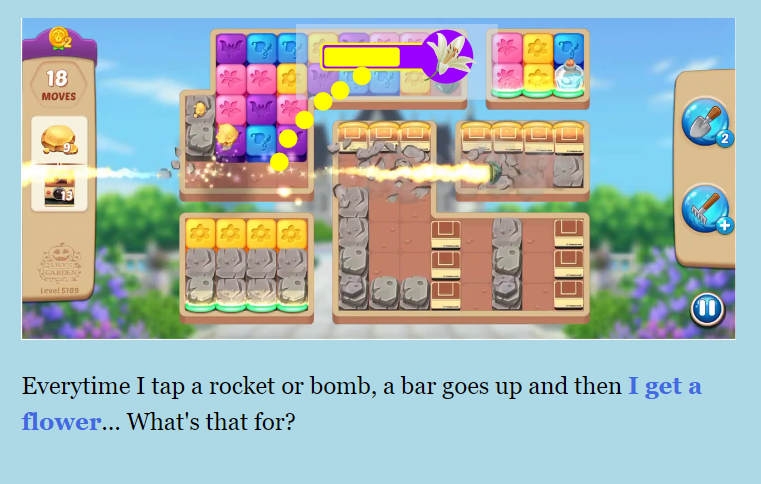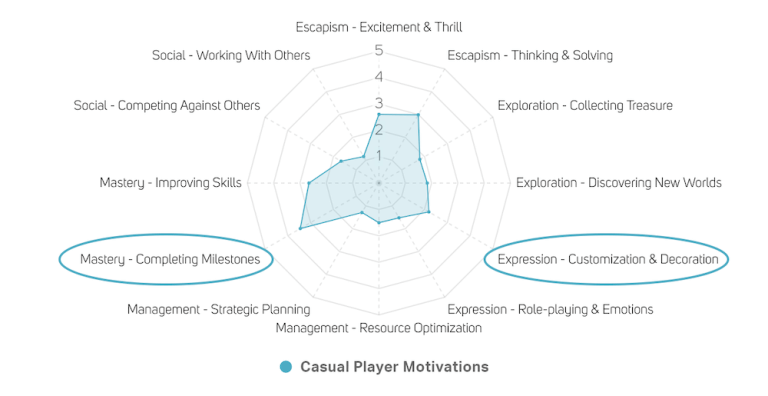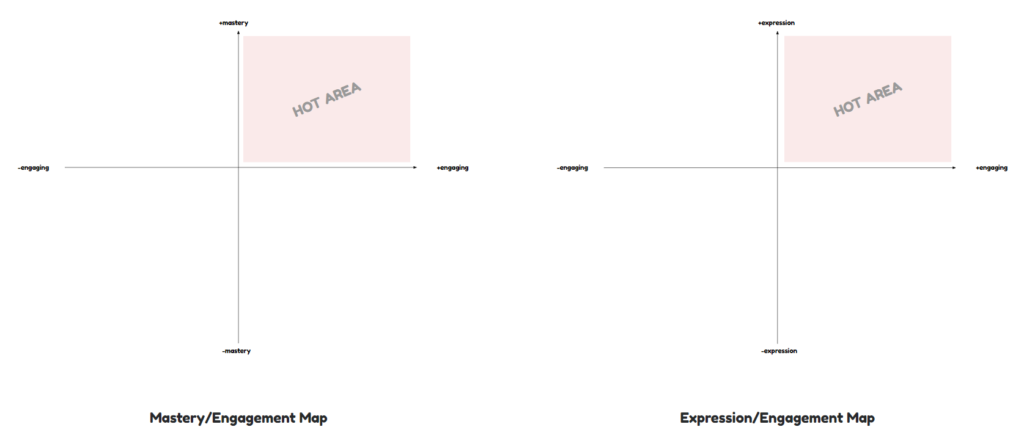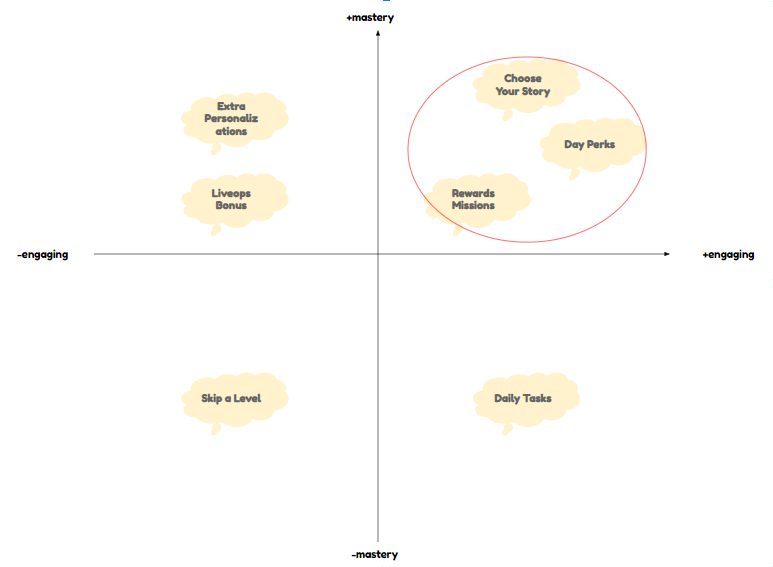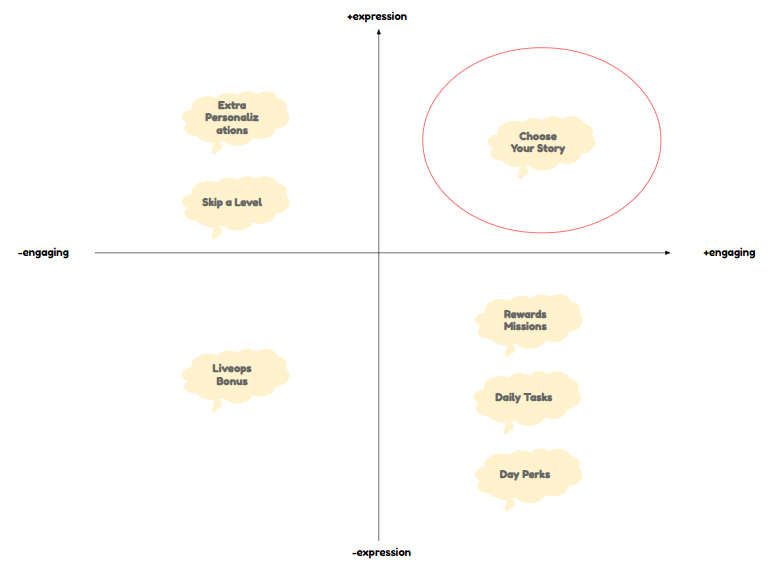Whenever you are starting a new game project or if you are working on LiveOps for an old one, you have a free asset that is very useful: reviews.
Only a small part of Players are willing to leave reviews for your games, especially in free-to-play. Videogames can ask directly in-game to leave a review, but not everyone does so. They do not represent in any case the dominant opinions, but they are useful to spot opportunities for your game.
- If you read critical reviews and you notice something that repeats a lot, that something can be converted into a unique selling point for your game.
- If you read positive reviews and you notice something that repeats a lot, that something should be a must-have for your game.
Use Steam or Data.ai to filter out positive and negative reviews. Remember Pareto’s principle. Use always 80% of other games and innovate on the 20%.
- 80% you should take can be read in positive reviews that repeat
- 20% of novelty can be read in critical reviews that repeat
Analyze the reviews of the main game you are taking as a competitor, but also of its clones and competitors!
What? There are NO clones of that game? You are probably choosing the wrong competitor and you will hardly manage to have success in its field.
